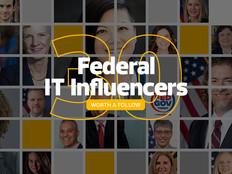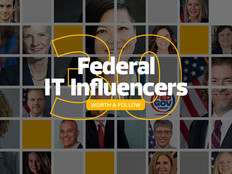How to Foster Innovation in Federal Agencies
“What’s the solution to every problem? Innovation. Well, no it’s not.”
Those are the words of Customs and Border Protection’s Mark Borkowski during the “Jumping Out of a Perfectly Good Airplane — Pushing People Past Their Comfort Zone” discussion panel at this week’s Management of Change conference.
Fellow panel member Rory Schultz of the USDA Food Nutrition Service added that “innovation is a tool, not a solution.” The two were joined by Casey Burns of the General Services Administration and found common ground in their frustration of the enormous expectations and vague interpretation of innovation for federal agencies.
Mark Borkowski of @dhsgov and @customsborder: "Innovation is not the solution to every problem." #moc2013 twitter.com/FedTechMagazin…
— FedTech Magazine (@FedTechMagazine) May 20, 2013
Because the technology exists to meet the requirements of nearly all federal employees, IT leaders are now tasked with fostering a culture that is open to change and prepared for disruption. This is not how most IT workers have been trained and is one example of the shifting roles of technologists in the government.
Burns, the director of innovation for the GSA’s Office of Strategic Innovations, addressed the notion of “jumping out of a perfectly good airplane.” For government IT leaders, this means convincing people that change is beneficial to their work and the mission of the agency. “How do you convince people to jump out of an airplane? You really only need to convince the first few and the rest follow.” Burns offered an example at GSA where the agency has leveraged internal social media sites for employees to share ideas and offer feedback. The panel agreed that intranet sites are vital for collaboration within an agency and can be key to unlocking the needed cultural shifts.
How do you measure innovation?
Unfortunately, innovation doesn't always return immediate cost savings. As Schultz made clear, the real value is creating repeatable processes that can be applied to other technologies, some of which haven’t even been invented yet. Because of the myriad factors threatening to dampen innovation, Burns estimates that he spends 70 percent of his time working on business models as opposed to actual technology.
Schultz, on the other hand, had a simple way to measure how well agencies are innovating. “Do people want to come work for you? That’s how you know you’re doing something right.”
Check out videos, photos and articles from the 2013 Management of Change conference.






